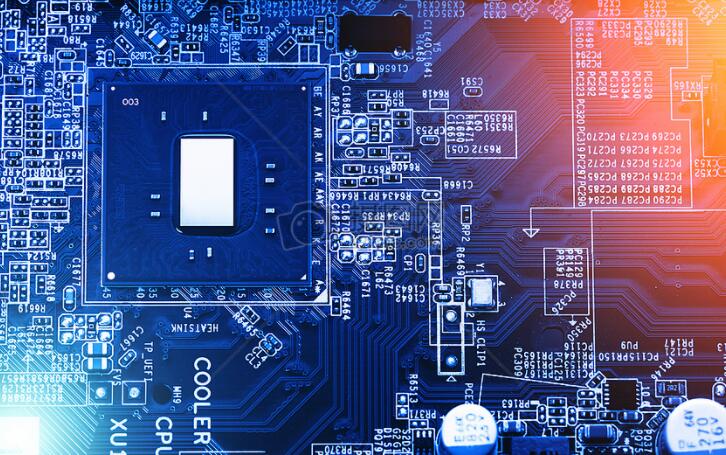1. Grind the chip, use fine sandpaper to grind off the model number on the PCB chip. It is more effective for the chip with the side door;
2. Seal the glue, use the kind of glue that solidifies into a solid to cover the PCB and the PCB components on it. Five or six flying wires can be deliberately screwed together (a thin enameled wire is better) to make The process of removing the glue by the copyer will inevitably break the flying line and do not know how to connect. It should be noted that the glue should not be corrosive, and the enclosed area will generate little heat;
3. Use a dedicated encryption chip;

4. Use a chip that cannot be cracked, but there is a cost; 5. Use MASKIC, generally speaking, MASKIC is much harder to crack than a programmable chip; MASK (mask): MCU mask means that the program data has been made into lithography Version, the program is made in the process of single-chip production. The *** point is: reliable program and low cost. Disadvantages: The batch requirements are large, and the lithography needs to be re-made every time the program is modified. Different programs cannot be produced at the same time, and the delivery cycle is long.
6. Using bare chips, thieves can't see the model and don't know the wiring. But the function of the chip should not be too easy to guess, it is better to put other things in the group of vinyl, such as small ICs, resistors, etc.;
7. Connect a resistance of 60 ohms or more in series on the signal line with low current (to make the on-off gear of the multimeter not sound);
8. Use more small components without words (or only some codes) to participate in signal processing, such as small chip capacitors.
9. Cross some address and data lines (except RAM, change them back in the software);
10. PCB uses buried hole and blind hole technology to hide the vias in the board. This method is more costly and only suitable for products, which increases the difficulty of copying the board;
Analysis of traditional PCB design methods
The traditional PCB design goes through the process of schematic design, layout design, PCB production, measurement and debugging in turn.
In the schematic design stage, due to the lack of effective analysis methods and simulation tools, it is required to make a pre-analysis on the transmission characteristics of the signal on the actual PCB. The design of the schematic can generally only refer to the component data manual or past design experience. . For a new design project, it may be difficult to make correct choices for component parameters, circuit topology, network termination, etc. according to the specific situation.
In the PCB layout design, there is also a lack of effective means to make real-time analysis and evaluation of the impact of laminate planning, component layout, wiring, etc., so the quality of the layout design usually depends on the designer's experience.
In the traditional PCB design process, the performance of the PCB can only be evaluated after the production is completed. If the performance requirements cannot be met, multiple tests are required, especially for the problematic schematic design and layout design parameters that are difficult to quantify and need to be repeated many times. With the increasing complexity of the system and the shorter and shorter PCB design cycle requirements, it is necessary to improve the PCB design method and process to meet the needs of modern high-speed system design.